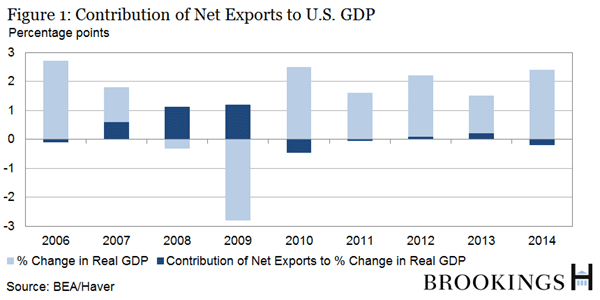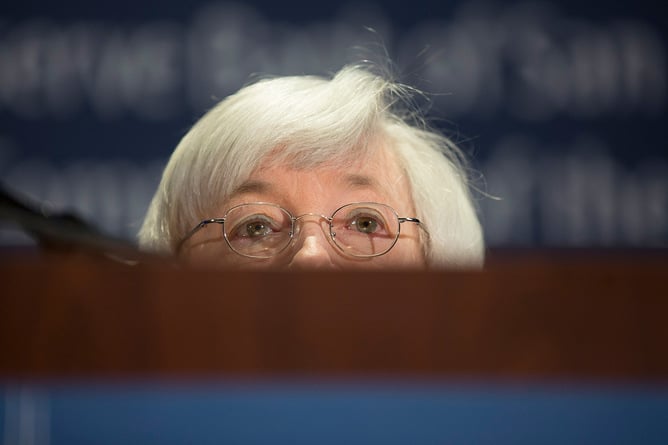Three Central Banks Meet This Week, with Very Different Agendas
Whatever force had gripped the global capital markets since the start of the year has been broken. This simple characterization is rich. It is not clear if, or what, macroeconomic considerations were driving the markets.
The markets had taken the unsurprising Fed rate hike in mid-December in stride. The dramatic moves in the market did not begin until this year. Some have suggested China was at the crux of it, but the global impact seemed out of proportion.





